With a history of nearly a century since its establishment in 1919, the “K” LINE Group has challenged innovative initiatives and overcome fiercely changing business conditions on many occasions while working tirelessly to ensure safe and reliable operations.
Innovative Initiatives
Since its establishment, the “K” LINE Group—backed by a corporate culture based on an enterprising spirit and free and open-mind—has constantly embraced technological innovation as a pioneer in the industry to develop new types of vessels and services in response to the diversified, sophisticated needs of customers.
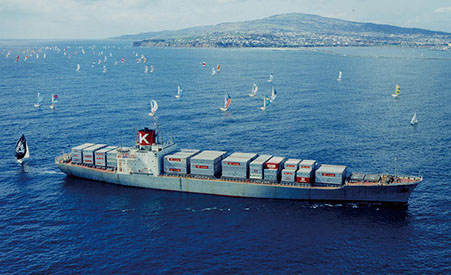
A worldwide container evolution with the integration of maritime transportation, land transportation, and terminal operations has started in the 1960s. Against this background, our first full containership, GOLDEN GATE BRIDGE, which began servicing the North American route in 1968, became a pioneer of containerization in Japan. Subsequently, all of the major routes were containerized by 1975. In 1971, we independently opened an overseas containership route, connecting between third countries, the Far East - North America Pacific Coast route—an unprecedented challenge at the time.
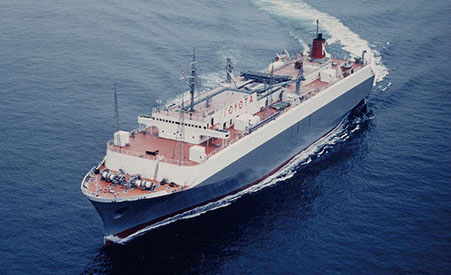
Japan’s first car carrier, TOYOTA MARU NO. 10, was built by “K” LINE. We named it a “pure car carrier (PCC),” a term that then has become synonymous with such vessels. High-level quality control is required to ship automobiles, which are unpackaged cargo, without causing damage. The number of companies that can provide such service is limited. For half a century, “K” LINE has enhanced such service quality as a pioneer in automobile transportation, and built a solid position not only in Japan but also in third countries’ car transportation.
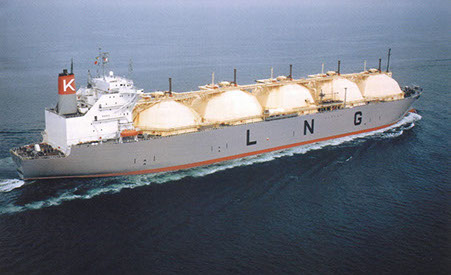
Natural gas is attracting attention as a form of clean energy for power generation fuel and utility gas. LNG, liquefied natural gas at a temperature of –162˚C, was first imported into Japan in 1969. LNG transportation to Japan was entrusted to foreign shipping companies, but in 1983 “K” LINE’s BISHU MARU became Japan’s first LNG carrier, servicing the Japan–Indonesia route. To this day, we contribute to the long-term stabilization of energy supply in Japan.
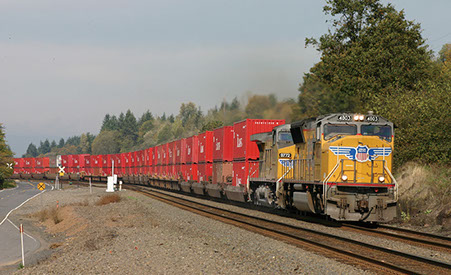
Once it has been packed into a container, “Containerization” enables the integrated and connected transportation of cargo, using various transportation means covering the ocean, land, and air. Deploying these merits, “K” LINE in 1986 became the first Japanese shipping company to build a two-level dedicated container train, called Double-Stack Train, which serviced the North American continent. In addition to considerably, shortening transportation time, this led to much-greater accuracy of transportation schedules and contributed significantly to rationalization of logistics in the era of internationalization.
Environmental Initiatives
We formulated our ““K” LINE Environmental Vision 2050: Securing Blue Seas for Tomorrow,” a set of long-term environmental guidelines to become a leading environmental company and have demonstrated our uniqueness by tackling advanced challenges.
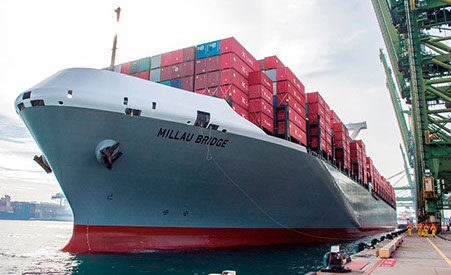
In 2015, we completed construction of MILLAU BRIDGE, a very large (14,000TEU) containership. In addition to the enlargement of ship’s design to increase transportation efficiency, we adopted a host of innovative technologies, including state-of-the-art paint applied to the outer surface of hull plates to reduce frictional resistance to seawater, a bow cover to minimize wind resistance, and engine room fans to reduce power consumption in a vessel. Such kind of energy-saving technologies have enabled us to save operation costs, further strengthen competitiveness, and contribute to environmental protection.
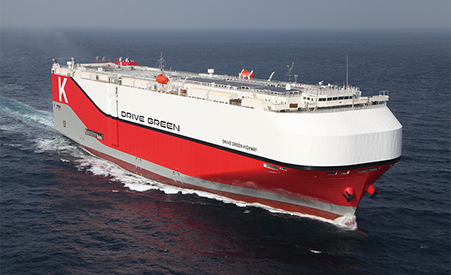
In response to the world-wide serious environmental issues like marine pollution, ecosystem protection, air pollution, and global warming, DRIVE GREEN HIGHWAY, a large car carrier with a capacity of 7,500 vehicles was completed as our world-leading environmentally-friendly flagship. Combining multiple advanced environmental technologies, the vessel allows significant emission reductions of not only air pollutants (SO_{X}, NO_{X}) but also CO_{2}, a cause of global warming. She was awarded “Ship of the Year 2016” by the Japan Society of Naval Architects and Ocean Engineers.
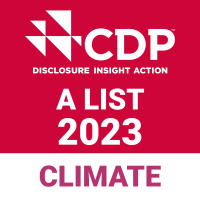
“K” LINE was selected as an “A List” company for 2023, the highest rating in the CDP Climate Change Questionnaire, on February 6th. This is the eighth consecutive year that “K” LINE has been selected as an “A List” company, after being selected an “A List” company in 2016, in recognition of its leadership in transparency and performance in corporate sustainability on climate change. CDP is an international non-profit organization (NGO) headquartered in London that works with more than 740 institutional investors worldwide with over US$130 trillion in assets under management in 2023. Each year, CDP sends a questionnaire to companies regarding climate change risks and opportunities and their responses. The results of the survey are then used to evaluate the companies on an 8-grade scale (A List being the highest rating). The results of the survey are used as a universal indicator to measure corporate value. The number of companies responding to the survey has been increasing every year, and in 2023, an all-time high of approximately 23,000 companies responded, an increase of nearly 30% over the previous year. This year, the number of companies certified as “A List” companies for CDP Climate Change is 346 worldwide, with 109 for Japanese companies but only a few companies including “K” LINE have received this award for eighth consecutive years.
In our long-term management vision, we are committed to a smooth energy transition for ourselves and society, and we will promote activities to realize a low-carbon, decarbonized society. Also, our long-term environmental guideline named “K” LINE Environmental Vision 2050, sets the goal of achieving “Net Zero Greenhouse Gas Emissions by 2050,” and in its medium-term management plan, we announced policy of allocating 60% of total investment in environmental measures in a concentrated manner. Specifically, we are actively working to promote the low-carbon and carbon-free for both ourselves and society through advanced initiatives such as the introduction of LNG fueled vessels, the installation of the “Seawing” automated kite system, further expansion of the liquefied CO2 carrier business to establish a CCS value chain as well as through various councils and demonstration projects for the practical use of ammonia/hydrogen fueled zero-emission vessels. We are aware that our efforts to reduce the environmental impact of our business activities through the operation of our environmental management system have been highly evaluated.
Going forward, the “K” LINE Group will continue to enhance information disclosure based on a comprehensive understanding of climate change and natural capital and aim for sustainable growth and increased corporate value as a trusted partner to all stakeholders.
